I swayed away from tradition and swapped half of the rice for chickpeas to add some protein and balance it with the grain-heavy Pumpkin Kibbeh, alongside which I served the leaves. They are usually cooked in a brine and are then turned out onto a plate, but cooking them in a tangy tomato sauce adds a warming level of comfort.
serves 4-6 | takes 3 hours to make
Ingredients
For the filling
-
1 jar of brined grape leaves (620g jar)
-
1 small onion
-
4 spring onions
-
5 garlic cloves
-
2 medium tomatoes (250g)
-
100g parsley
-
20g mint
-
150g short grain rice
-
1 tin chickpeas
-
1 tbsp tomato paste
-
1 tbsp 7 spice (see Pumpkin Kibbeh recipe to make your own)
-
3 tbsp extra virgin olive oil
-
1 lemon
-
1 potato
For the tomato sauce
-
3 garlic cloves
-
500g passata
-
2 tbsp extra virgin olive oil
-
1 tbsp lemon juice
Method
You can use fresh grape leaves for this (you’ll need around 60). Just trim off the stems, then blanch the leaves in boiling water for 5 minutes. Drain them and set aside. For the jarred leaves, drain the liquid, rinse the leaves well under cold water and trim the stems. Then soak them in fresh cold water until you’re ready to use them.
Finely chop the onion, spring onions, garlic, tomatoes, parsley and mint and add them to a large mixing bowl. Rinse the rice under cold water and add it to the bowl. Drain the chickpeas and use a food processor to roughly chop them, then add them to the bowl as well along with the tomato paste, 7 spice (you can either use a shop-bought 7 spice or make your own from the Pumpkin Kibbeh recipe), olive oil and 1 tbsp salt. Squeeze in the juice of the lemon and mix well. Cut the potato into thick slices and place them in a single layer on the bottom of a casserole. This will prevent the grape leaves from sticking to the pan.
To stuff the leaves, place a leaf on a clean board and add a little less than 1 tbsp of the filling right in the center. Fold the bottom bit of the leaf over the filling, then fold over the sides and roll it into a neat cigar. Place the stuffed leaf on top of the potato slices and continue with the other leaves, filling the bottom of the casserole first and then stacking them on top of each other until all of the leaves are used up.
For the tomato sauce, peel and finely grate the garlic. In a bowl, mix the garlic, passata, extra virgin olive oil, lemon juice, 2 tsp salt and 200 ml water.
Pour the tomato sauce over the leaves and, if necessary, add enough water to just cover them. Place a lid or plate that is smaller than the casserole directly on top of the leaves to hold them down. Bring the liquid to a boil, then reduce the heat and simmer for 1 hour. Taste one stuffed leaf to see if they are done, otherwise, cook a little longer.
Serve the cooked leaves as a starter with a drizzle of olive oil on a small plate or a platter in the middle of the table for sharing.
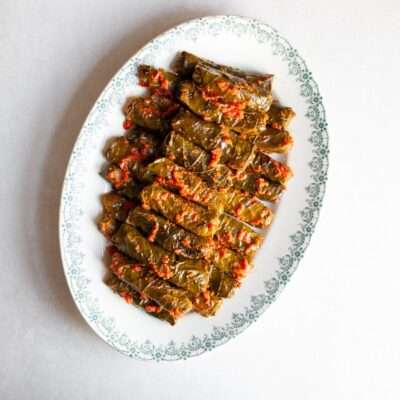
Lebanese Stuffed Grape Leaves (Warak Enab)
Ingredients
For the filling
- 1 jar of brined grape leaves (620g jar)
- 1 small onion
- 4 spring onions
- 5 garlic cloves
- 2 medium tomatoes (250g)
- 100 g parsley
- 20 g mint
- 150 g short grain rice
- 1 tin chickpeas
- 1 tbsp tomato paste
- 1 tbsp 7 spice (see Pumpkin Kibbeh recipe to make your own)
- 3 tbsp extra virgin olive oil
- 1 lemon
- 1 potato
For the tomato sauce
- 3 garlic cloves
- 500 g passata
- 2 tbsp extra virgin olive oil
- 1 tbsp lemon juice
Instructions
- You can use fresh grape leaves for this (you’ll need around 60). Just trim off the stems, then blanch the leaves in boiling water for 5 minutes. Drain them and set aside. For the jarred leaves, drain the liquid, rinse the leaves well under cold water and trim the stems. Then soak them in fresh cold water until you’re ready to use them.
- Finely chop the onion, spring onions, garlic, tomatoes, parsley and mint and add them to a large mixing bowl. Rinse the rice under cold water and add it to the bowl. Drain the chickpeas and use a food processor to roughly chop them, then add them to the bowl as well along with the tomato paste, 7 spice (you can either use a shop bought 7 spice or make your own from the Pumpkin Kibbeh recipe), olive oil and 1 tbsp salt. Squeeze in the juice of the lemon and mix well. Cut the potato into thick slices and place them in a single layer on the bottom of a casserole. This will avoid the grape leaves from sticking to the pan.
- To stuff the leaves, place a leaf on a clean board and add a little less than 1 tbsp of the filling right in the centre. Fold the bottom bit of the leaf over the filling, then fold over the sides and roll it into a neat cigar. Place the stuffed leaf on top of the potato slices and continue with the other leaves, filling the bottom of the casserole first and then stacking them on top of each other until all of the leaves are used up.
- For the tomato sauce, peel and finely grate the garlic. In a bowl, mix together the garlic, passata, extra virgin olive oil, lemon juice, 2 tsp salt and 200 ml water.
- Pour the tomato sauce over the leaves and, if necessary, add enough water to just cover them. Place a lid or plate that is smaller than the casserole directly on top of the leaves to hold them down. Bring the liquid to a boil, then reduce the heat and simmer for 1 hour. Taste one stuffed leaf to see if they are done, otherwise cook a little longer.
- Serve the cooked leaves as a starter with a drizzle of olive oil on a small plate or on a platter in the middle of the table for sharing.
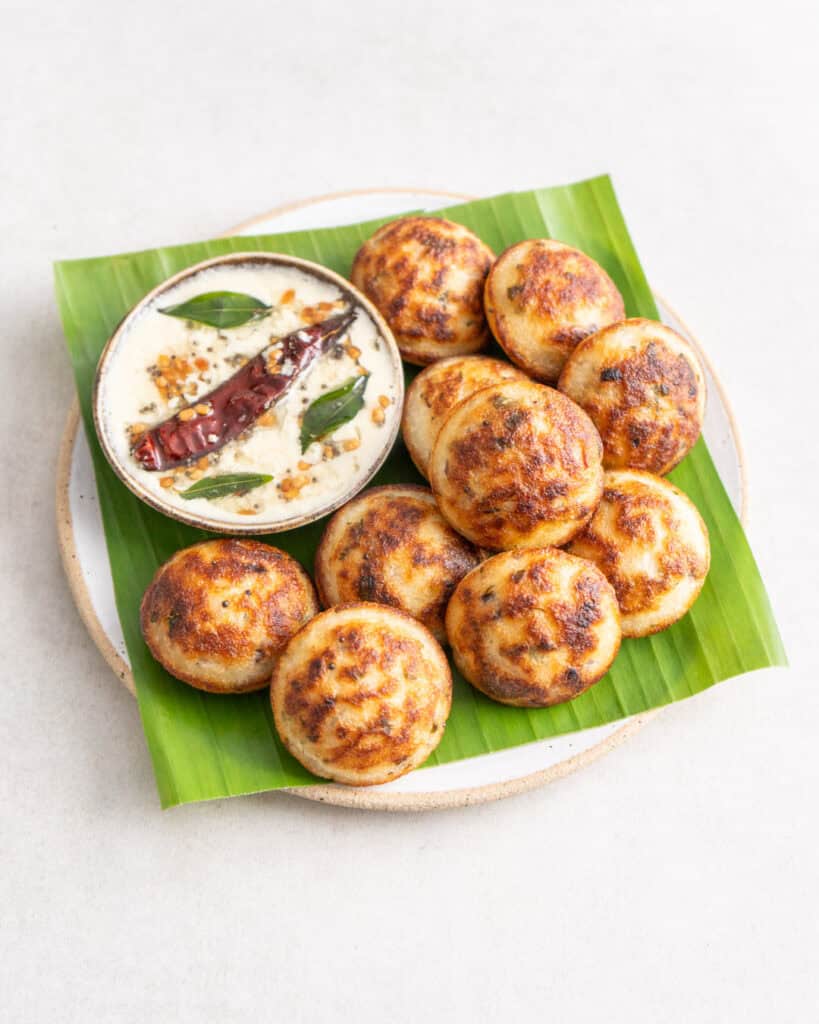

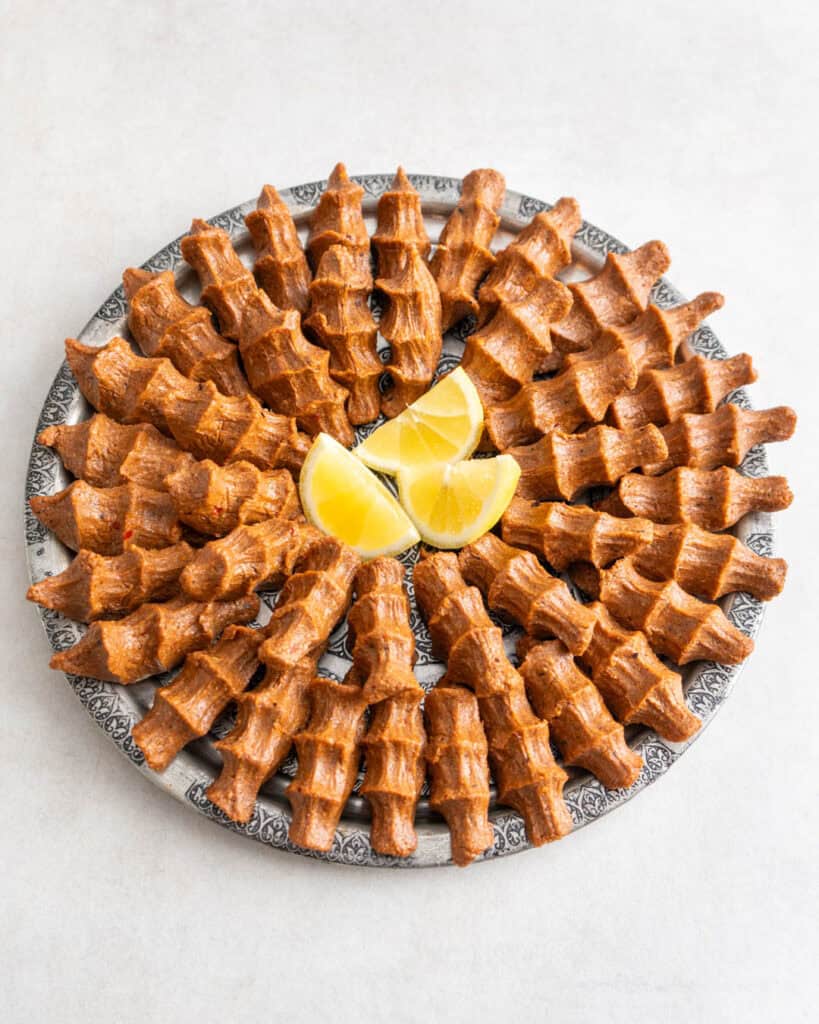
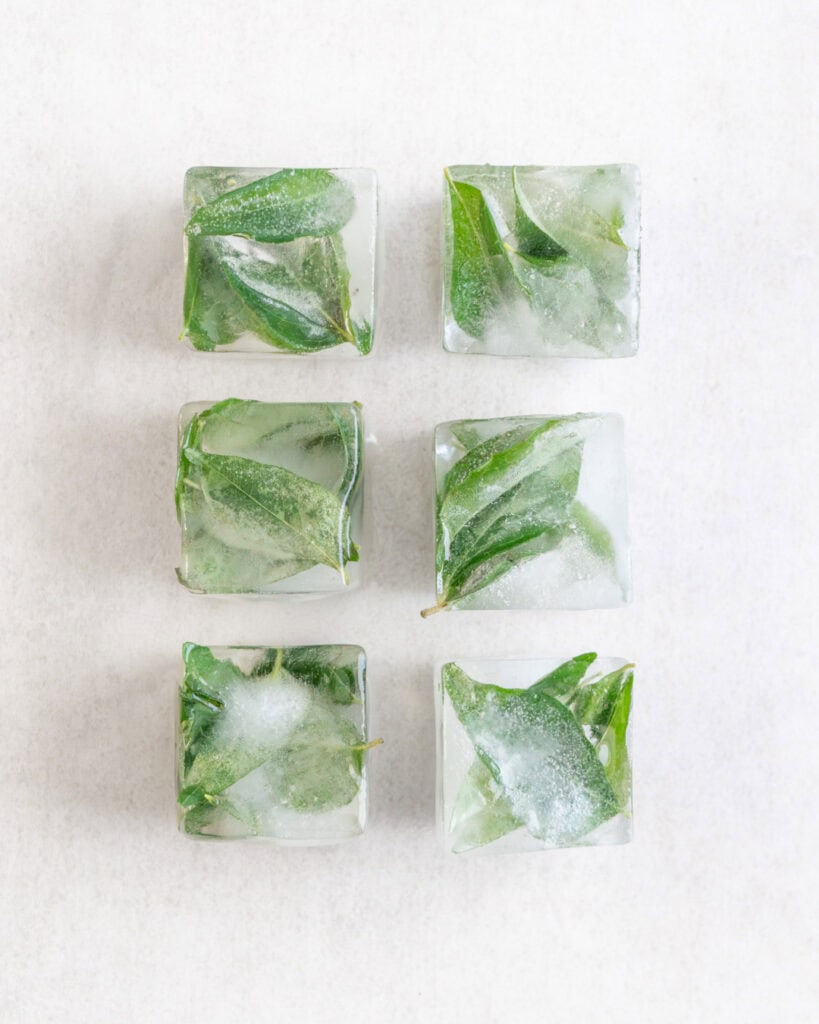
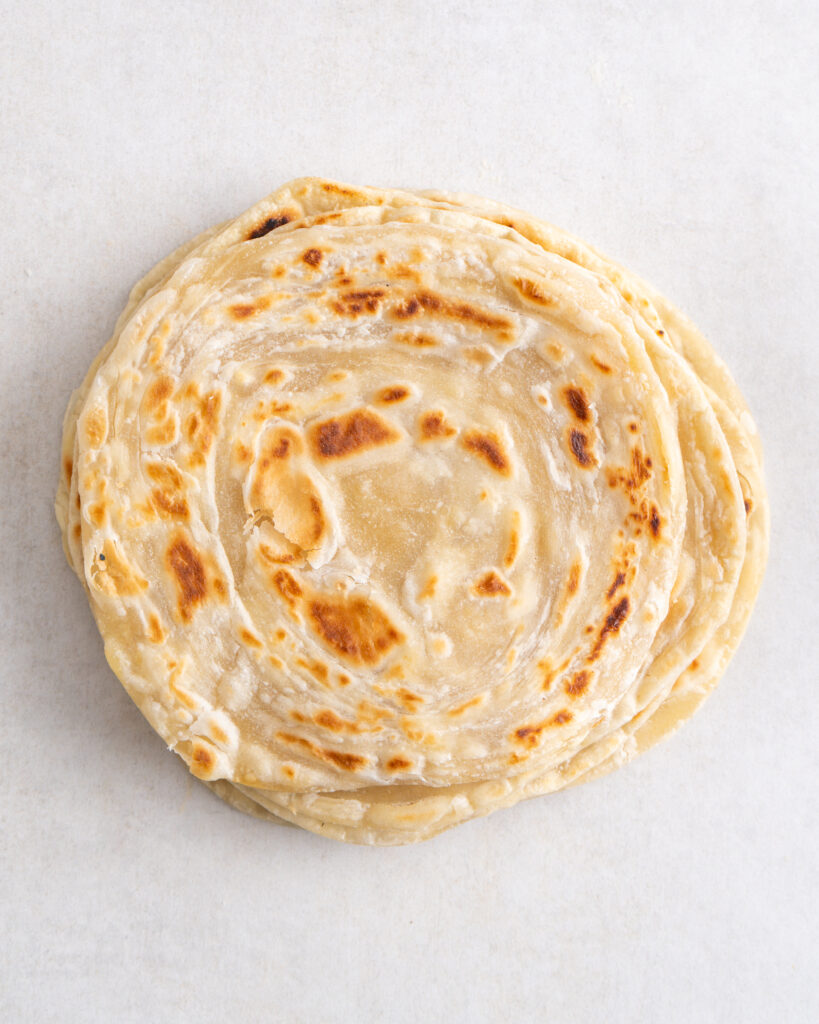
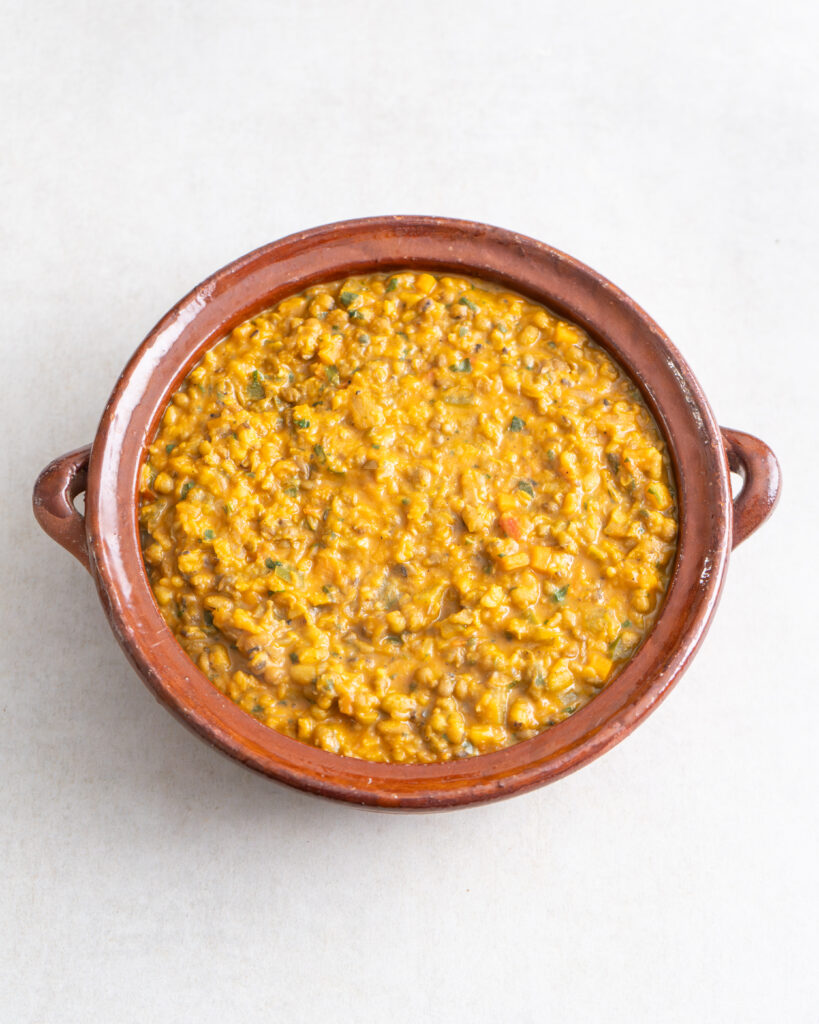
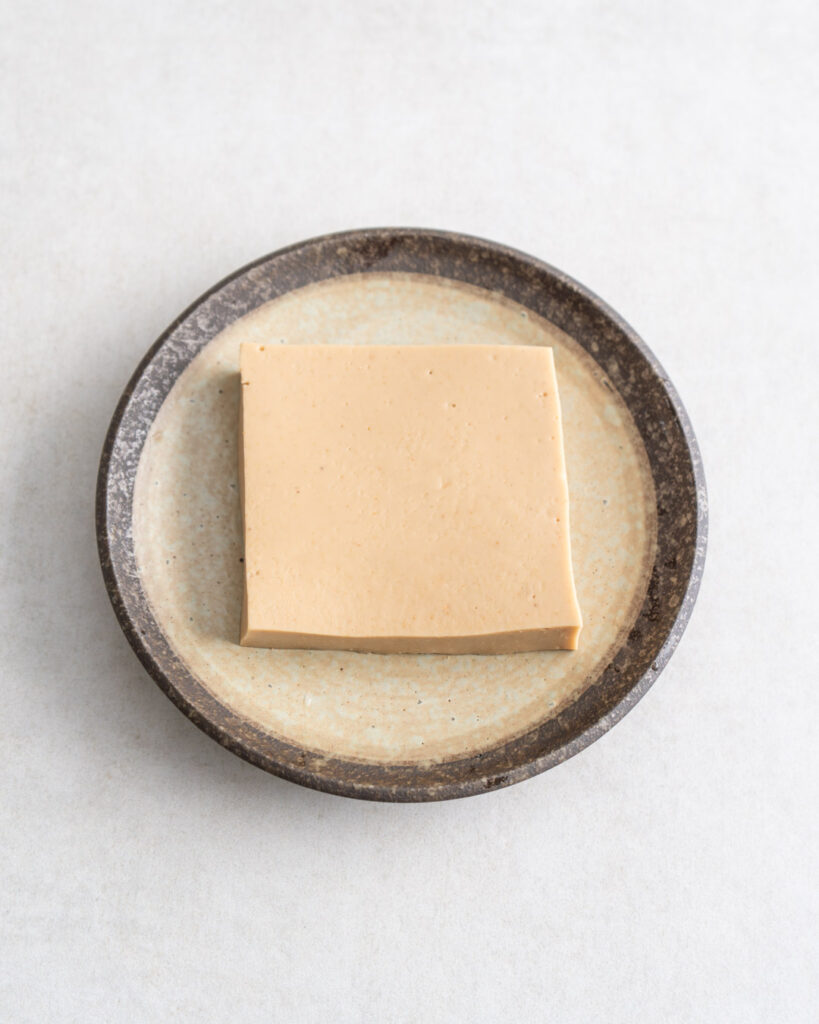
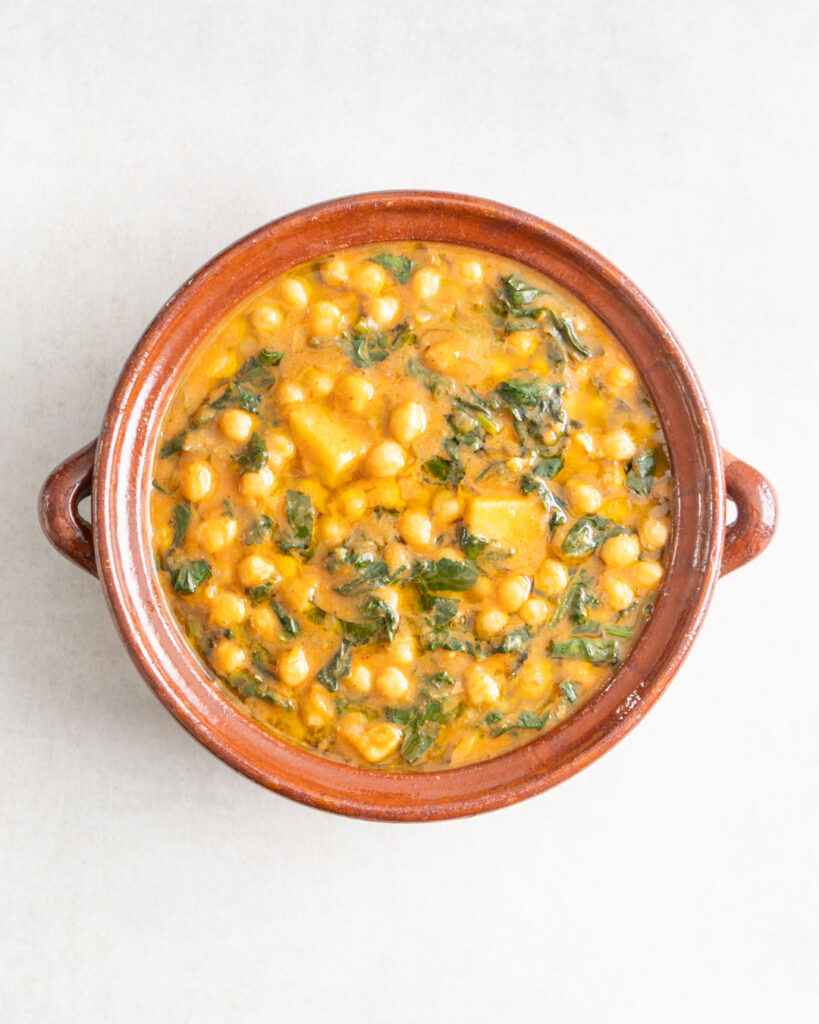
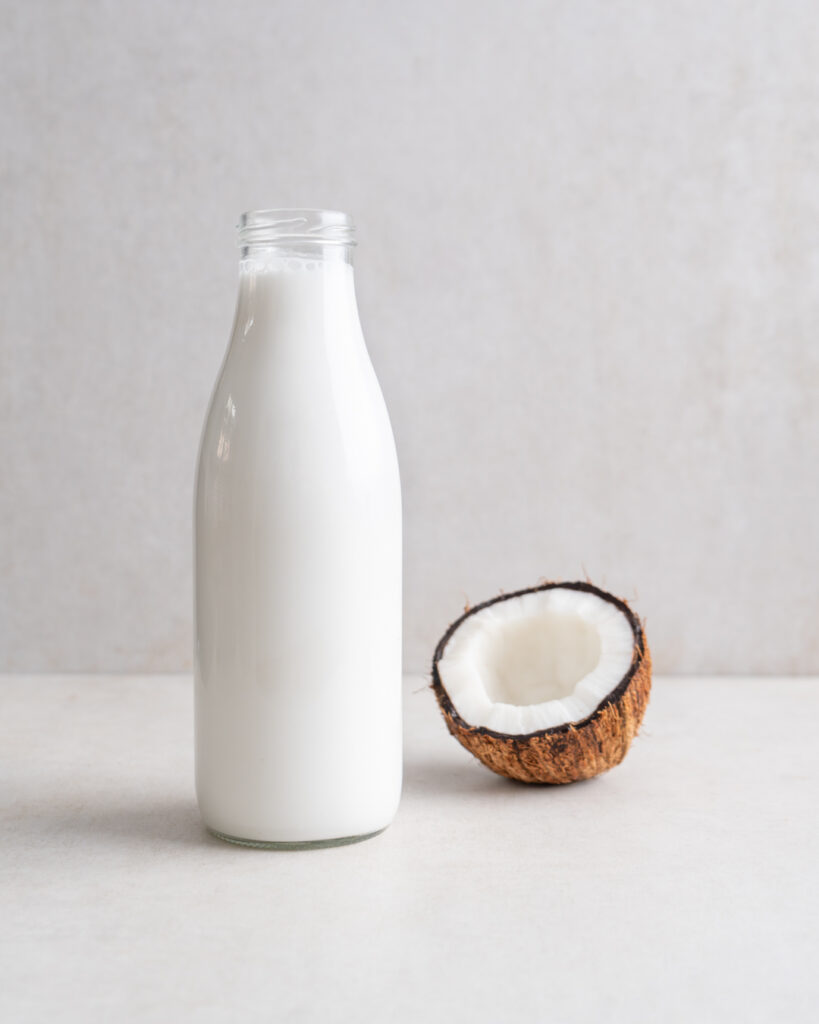
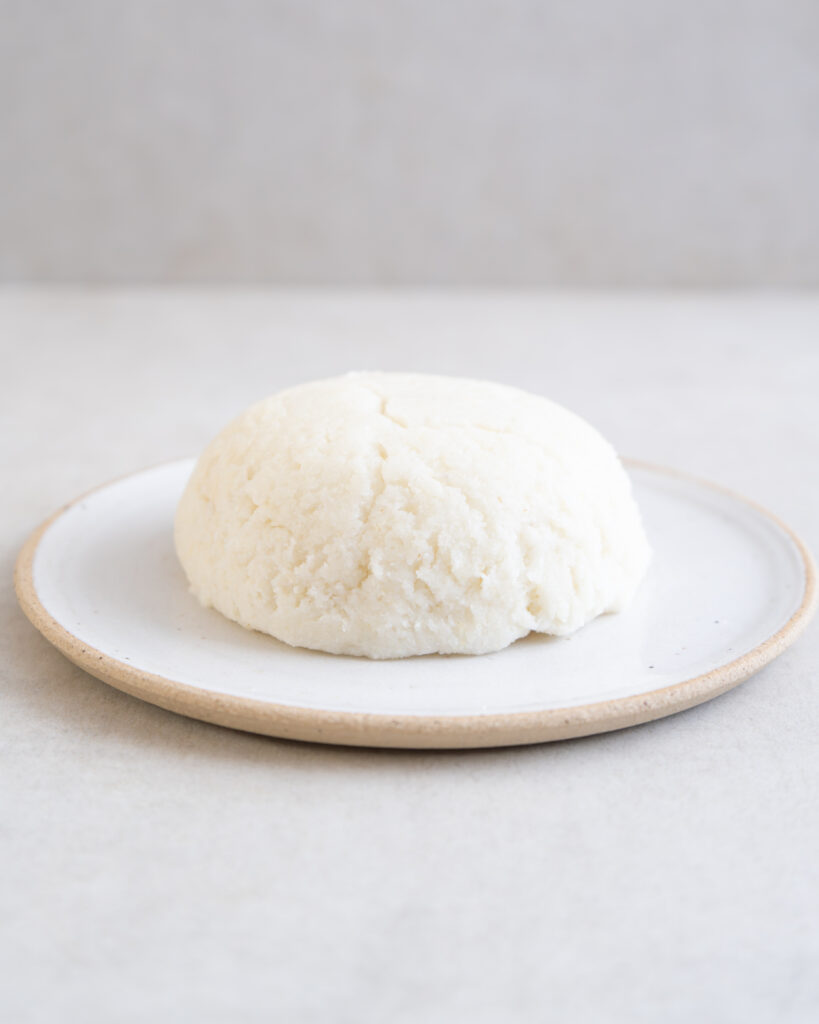

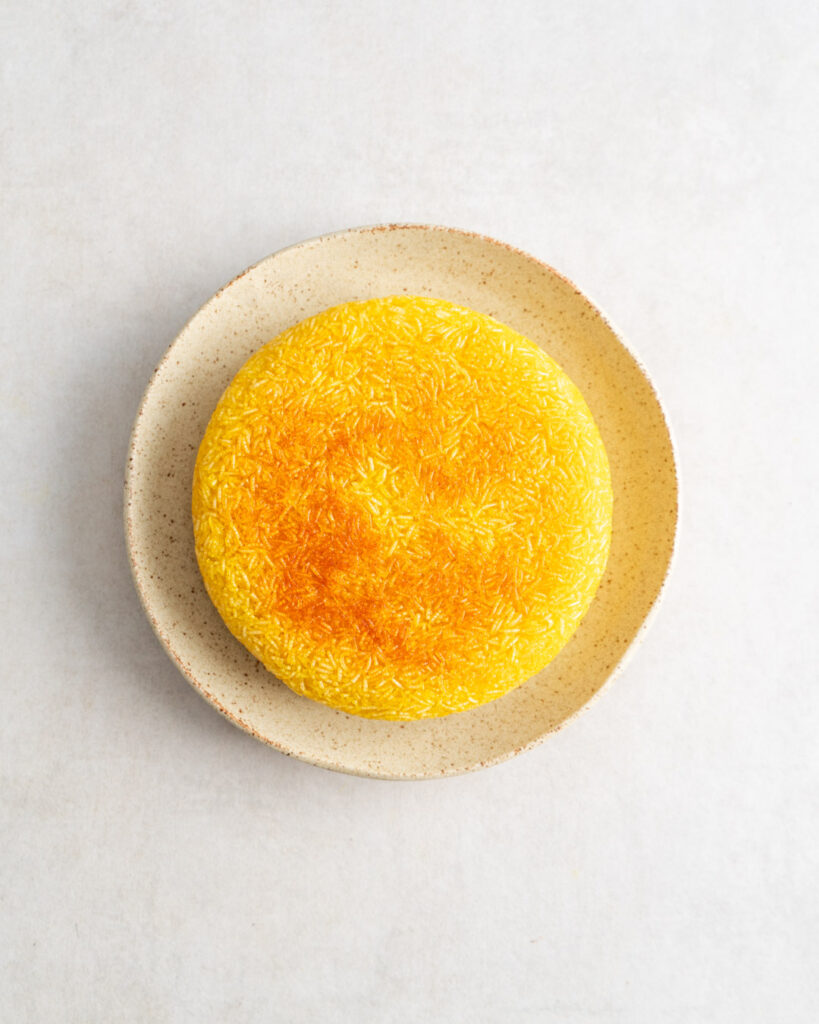


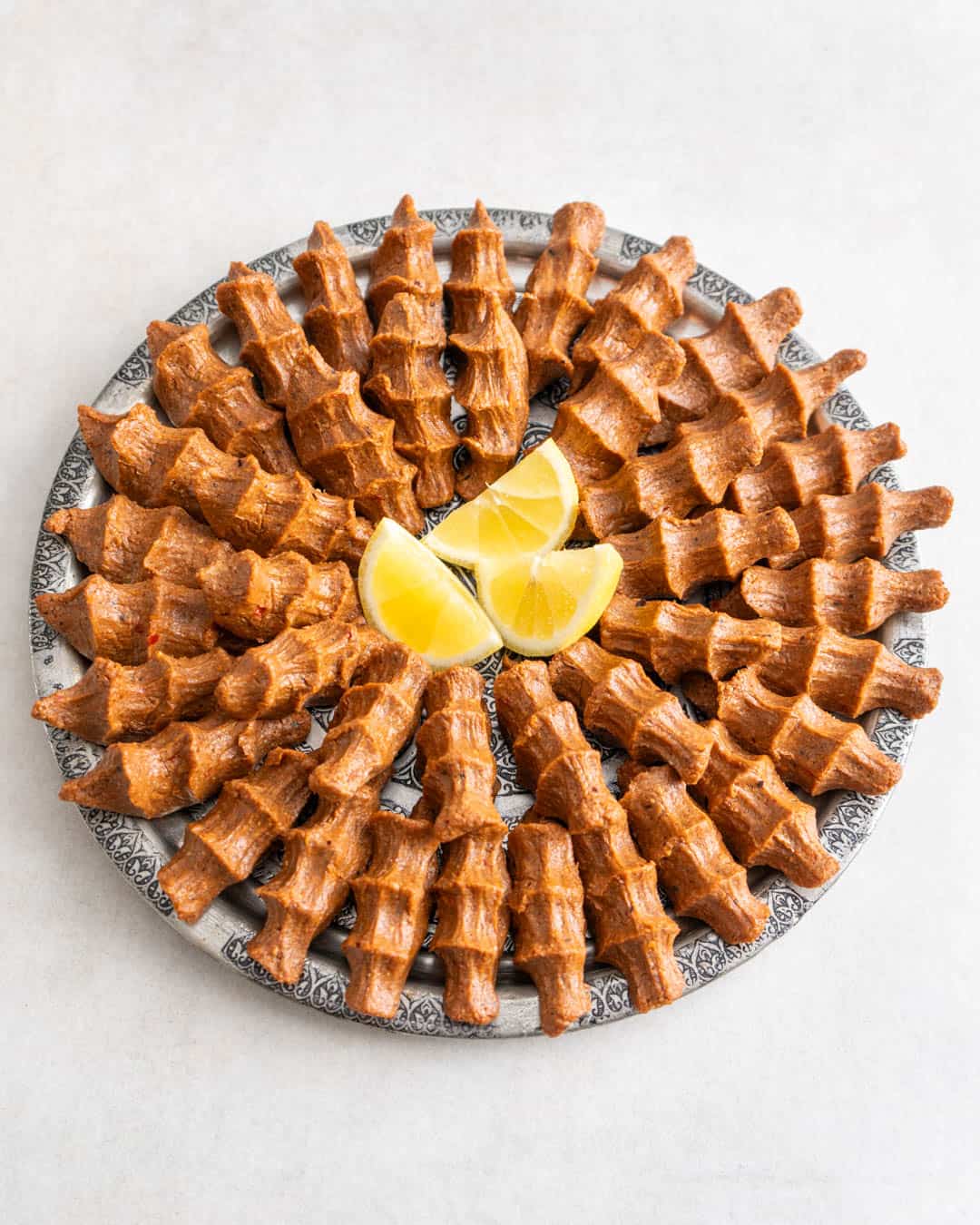
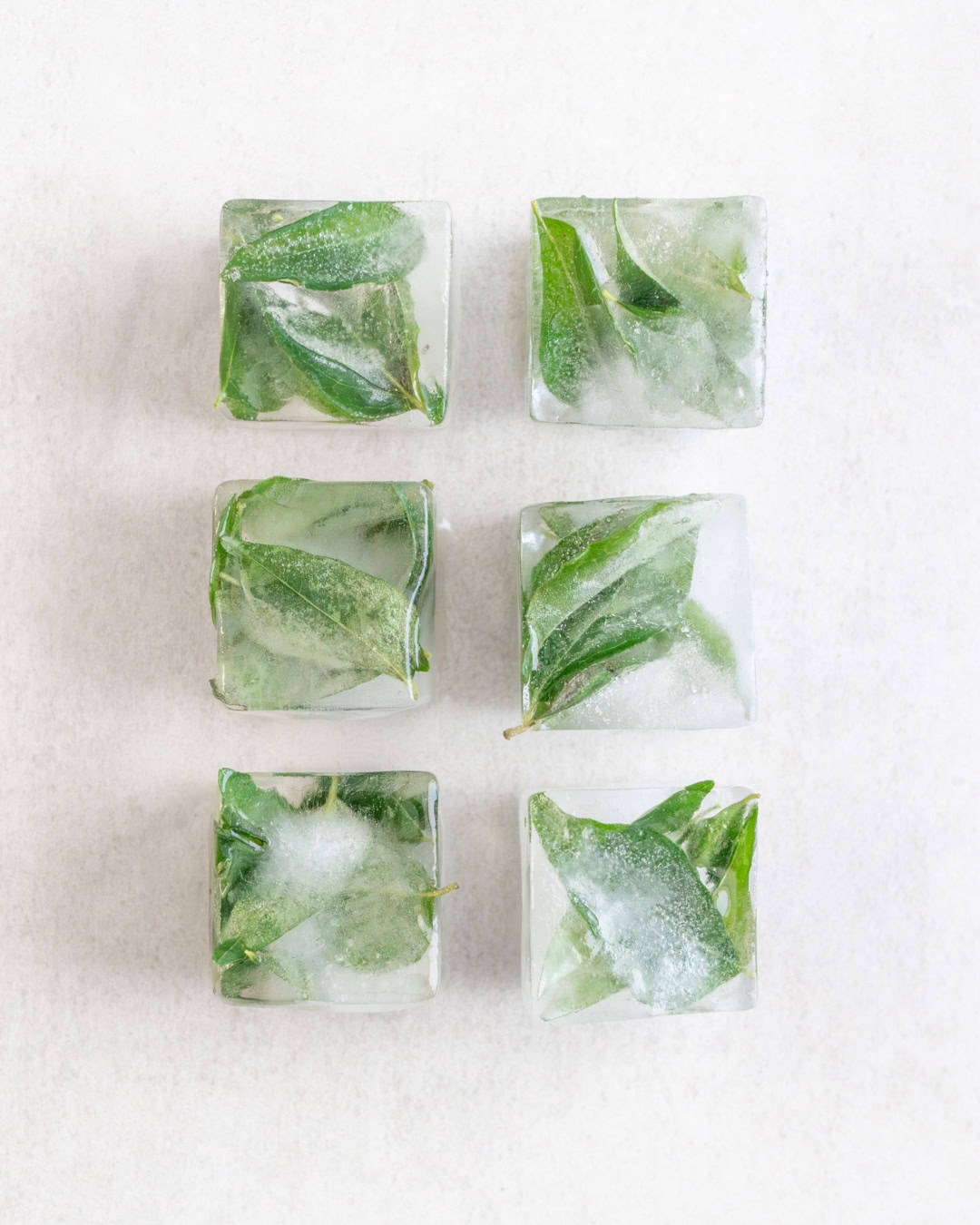








0 Comments